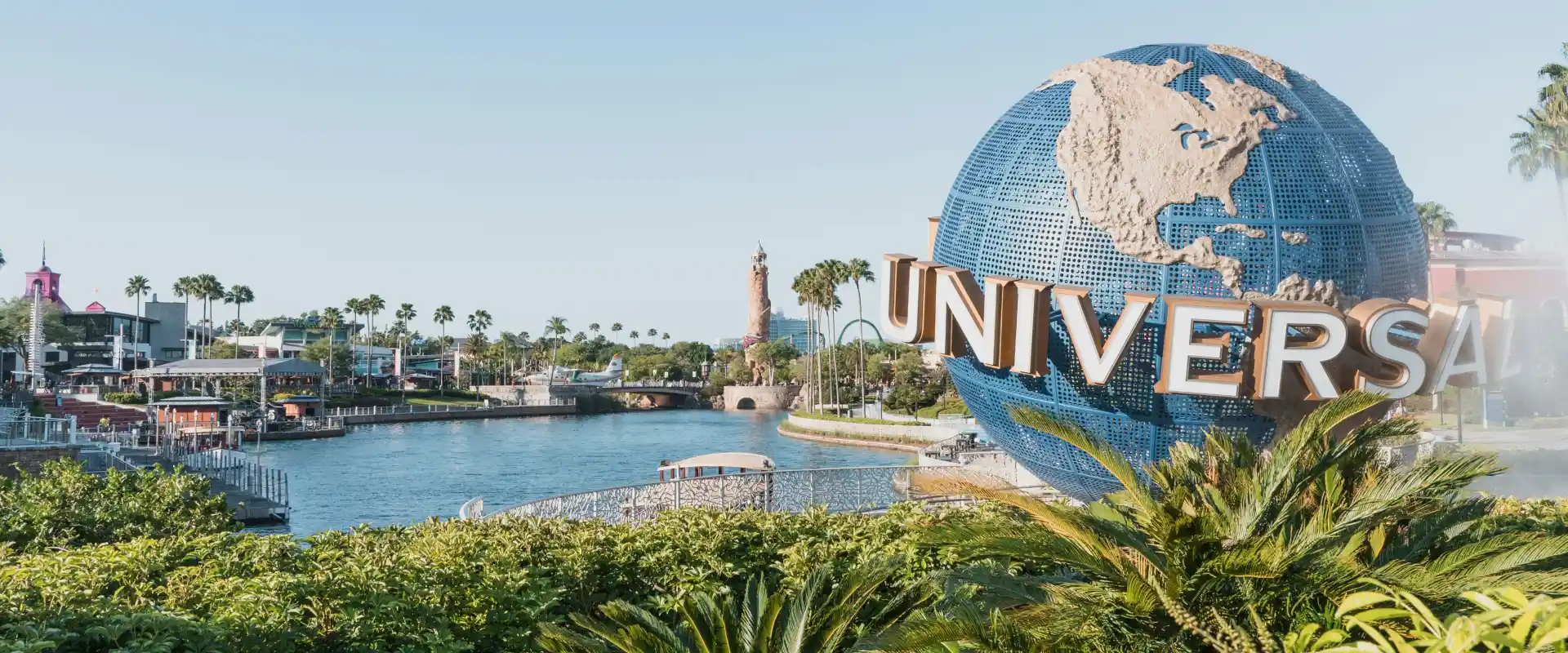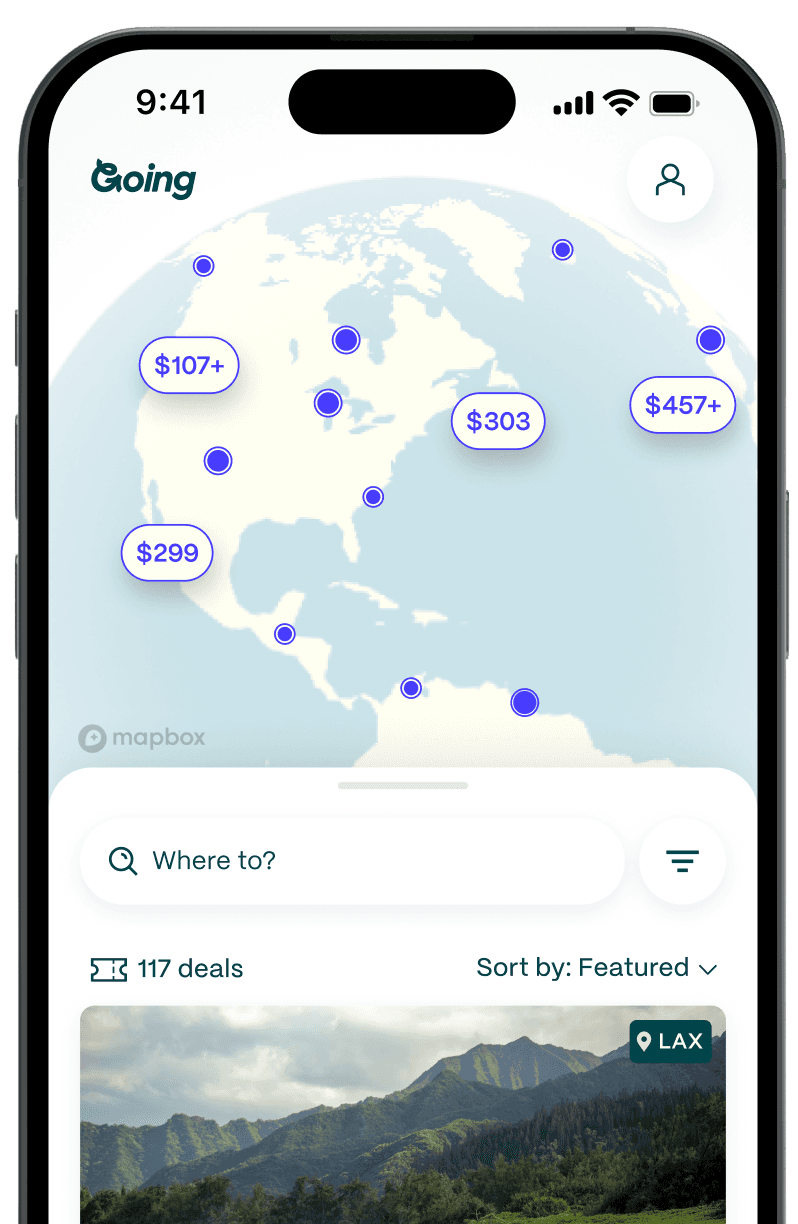
I Trekked To See Mountain Gorillas in Rwanda. Here’s How You Can Do It
On a drizzly Sunday, I tread carefully through the fog-shrouded forests of Volcanoes National Park in Rwanda, my senses heightened by my guide’s hand motion indicating that animals are near. Suddenly, I’m halted by a sight that steals my breath. There, in the clearing, sits a gorilla.
The hum of insects seems to stop, and time stands still. The mountain gorilla cuts an imposing figure, exuding an air of majesty and power. It almost looks to be a mythical creature, except I know this gorilla is very real. We are breathing the same air. I can smell the musk of his fur. He is looking at me. My god, a gorilla is looking at me.
The silence is broken by the snap of branches breaking as baby gorillas crash and tumble into the scene. They look like bouncy, fuzzy playground balls and seemingly have no spatial awareness yet, toppling into each other, swinging then falling. More gorillas calmly amble into view, tucking their babies close as they settle into nests on the ground where they strip berries from vines.
My trek has brought me to the Umubano family, one of 10 habituated gorilla groups in Rwanda—and some of the last remaining mountain gorillas on Earth. It feels sacred to be here, to share this space with such magnificent creatures.
Approximately 1,000 mountain gorillas remain in the wild, and this national park, tucked near the borders of Uganda and the Democratic Republic of the Congo, shelters the majority of them, at 604. The treks are tightly regulated by the government; just eight people are permitted to visit each gorilla family per day, and there is a limit of one hour to observe the gorillas.

On the trail
No two gorilla trek experiences are alike since the animals move around. Some families are far from the park’s boundaries, requiring several hours of hiking to reach them. (And they aren’t necessarily hanging out near the trails.) Others are within a 30-minute walk near the base of the mountains.
Park rangers arrive as early as 3am to locate each group, by tracking the gorillas’ locations from the previous day, analyzing their movements to find patterns, and looking for clues, like the nests and trails the families leave behind. The gorillas are never encouraged to move or pushed to stay by rangers; the trackers simply identify their locations and communicate with the guides leading the treks.
My encounter involves a few hours of hiking. From the outset, the terrain proves challenging—ankle-deep mud, tangled undergrowth, and stinging nettles impede my group’s progress. With machetes, we hack our way through the dense foliage and carve stairs into the steep, slick slopes. My boots feel like they are soggy with glue and make a slurping sound with every step. During one especially challenging section, I make my way on all fours, ape-like.
We are accompanied by an armed ranger because, even though the treks are considered safe, there is the potential for danger, namely interaction with wild animals other than gorillas, poachers, and the rebel groups that exist along the border of the DRC. This is also the same land where primatologist Dian Fossey, who researched these endangered animals and wrote Gorillas in the Mist, was murdered by unknown assailants in 1985.
Now gorilla tourism in Rwanda is widely considered to be a conservation and economic success, with nature-based tourism accounting for 80% of visitors to the country, according to a World Bank report. When the number of gorillas dwindled below 250 in the 1970s, around the time Fossey founded her research center, they were on the critically endangered list, threatened with extinction by habitat loss, diseases, poaching for bushmeat or the illegal animal trade, and armed conflicts.
In recent years, gorilla tourism has become a critical driver of local employment and tourism-related revenue, creating an incentive to preserve the forest habitat and the animals within it.
“Trackers’ and rangers’ daily efforts to protect the park, and the government’s commitment to involve local communities through the tourism revenue sharing, have greatly contributed to the mountain gorillas being the only great ape with the population number increasing,” said Prosper Uwingeli, chief park warden at Volcanoes National Park.

My prime mate
Before the trek, my group is given a safety briefing that includes strict instructions that must be followed when observing the gorillas—most importantly, guests must stay at least seven meters (about 23 feet) from the gorillas at all times. Under no circumstance should a hiker approach or touch the animals. However, if a gorilla chooses to approach any of us, we should remain still and refrain from eye contact.
So, it’s unexpected when Charles, the silverback of the family, swaggers past me. With one enormous hand, about as large as a baseball mitt, he touches my shoulder. My guide whispers, “Don’t move,” and I hold my breath. After what feels like an eternity, Charles continues forward. He pauses at a ridge that overlooks the mountain.
Nearly side by side, the mighty gorilla and I gaze at the landscape below, past thorny, creeping vines and down ragged green hills. Wispy clouds as fine as cotton candy drift by. My forearms are streaked with mud, shallow scrapes, and dried blood, but my body feels invigorated. There is no sound but my own heartbeat. I hesitate to blink, knowing the moment will end too soon.

Getting there
- Most tourists enter the country at Kigali International Airport (KGL), located about 20 minutes outside the capital city. From Kigali, you will travel to Musanze, about a 90-minute drive away either by hiring a private car or taking the public minibus, which is reliable and has frequent departures from Kigali. Vehicles can be hired in Musanze to transport you to the park entrance on the morning of your trek. If your trek is part of a package, many tour operators and lodges include transportation services from Kigali to Volcanoes National Park.
- Average Going price for cheap flights to Kigali: $661 roundtrip
How to do it
- Best time to go: Gorilla treks are offered throughout the year, but it’s best to go outside of Rwanda’s wet season. (March–May and September–November are when heavy rains typically occur).
- Cost: The permit fee for a foreign tourist is $1,500 (price varies for East African residents and Rwandan citizens). This can be purchased directly from Visit Rwanda. Everyone who buys a permit hikes with a park ranger guide, who will be familiar with the terrain, knowledgeable about tracking, and well acquainted with each gorilla family. You can also book the experience through a variety of tour operators for $2,000–$5,000 per person; operators can arrange transportation, hotel stays, and permits, but the park ranger guides will still lead your trek to see the gorillas.
- Safety considerations: A safety briefing before the trek will go over best practices for the experience. Also, everyone must wear a mask while near the gorillas, though not on the rest of the hike. This protects the animals; as we share a good portion of our DNA, we can easily pass viruses or diseases to them.
- Tips: Bring a small backpack for your water and snacks. Also, dress in appropriate gear for the jungle terrain: gaiters over hiking boots, gardening-style gloves, a thick waterproof jacket, and layers. These items are typically not provided by tour operators, so plan to pack your own.
Other animal encounters around the world
- Parc Oméga wolf cabins
- Hawaii manta ray diving
- Madagascar lemurs
- Peru Andean bears
- Palau jellyfish
- Scotland reindeer
- Slovenia bees
- Alaska coastal brown bear
- Guyana anteaters
- Florida manatees
- Patagonia king penguins
- New Zealand kiwi hatchery
- Costa Rica turtle nesting
- Zimbabwe hippos
- Suriname sloths
- China panda reserve
- Canada river belugas
Last updated October 21, 2024









